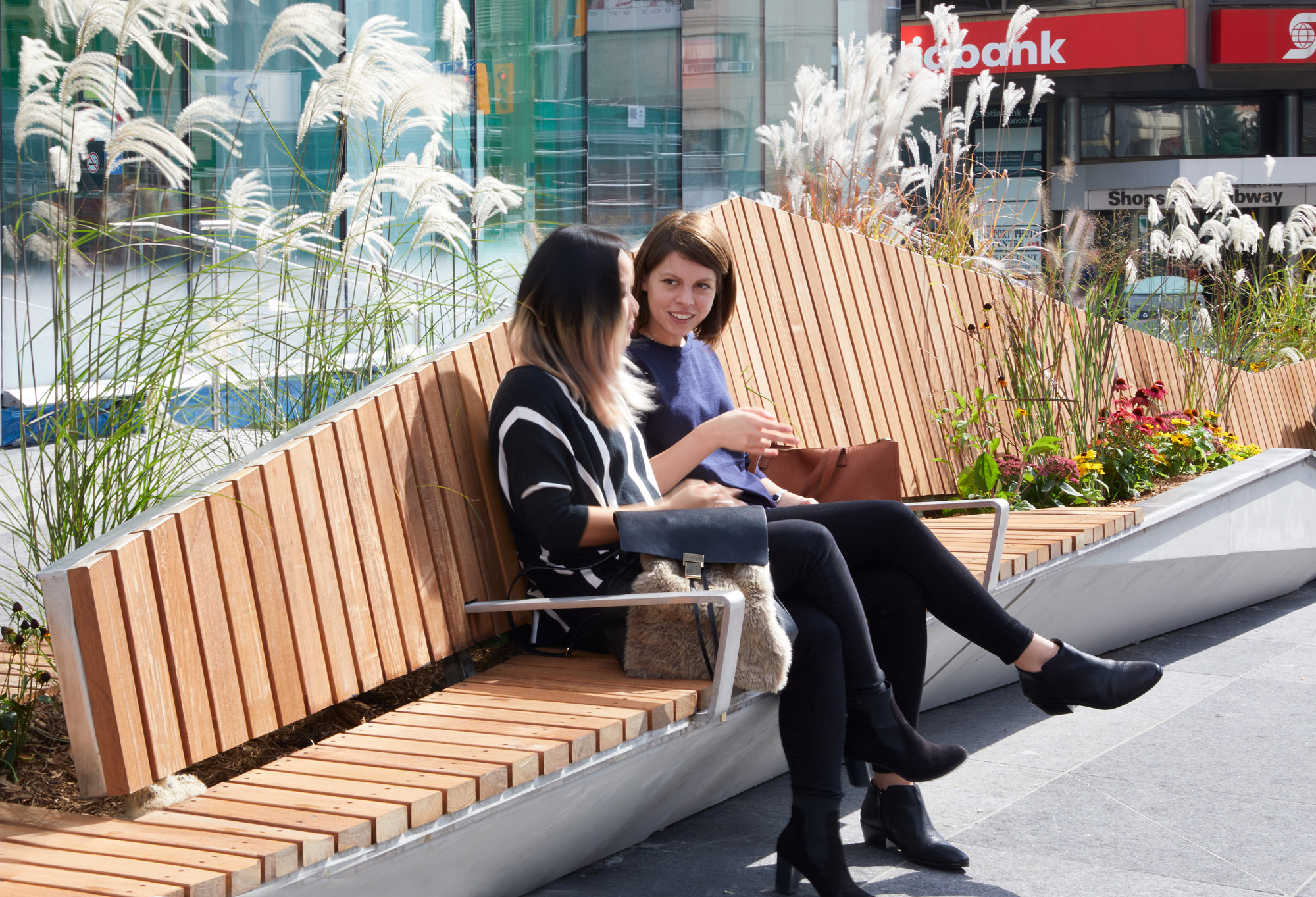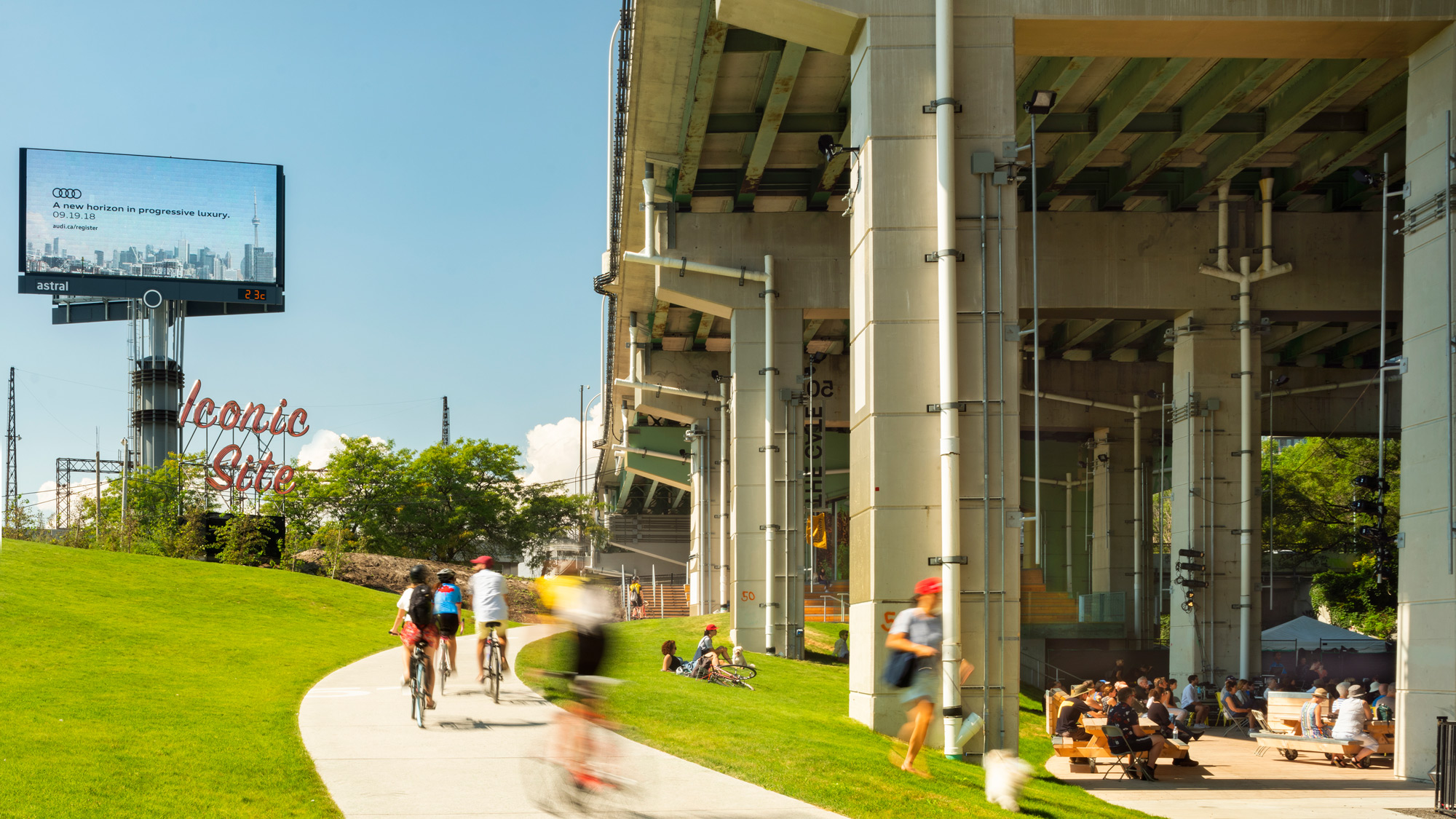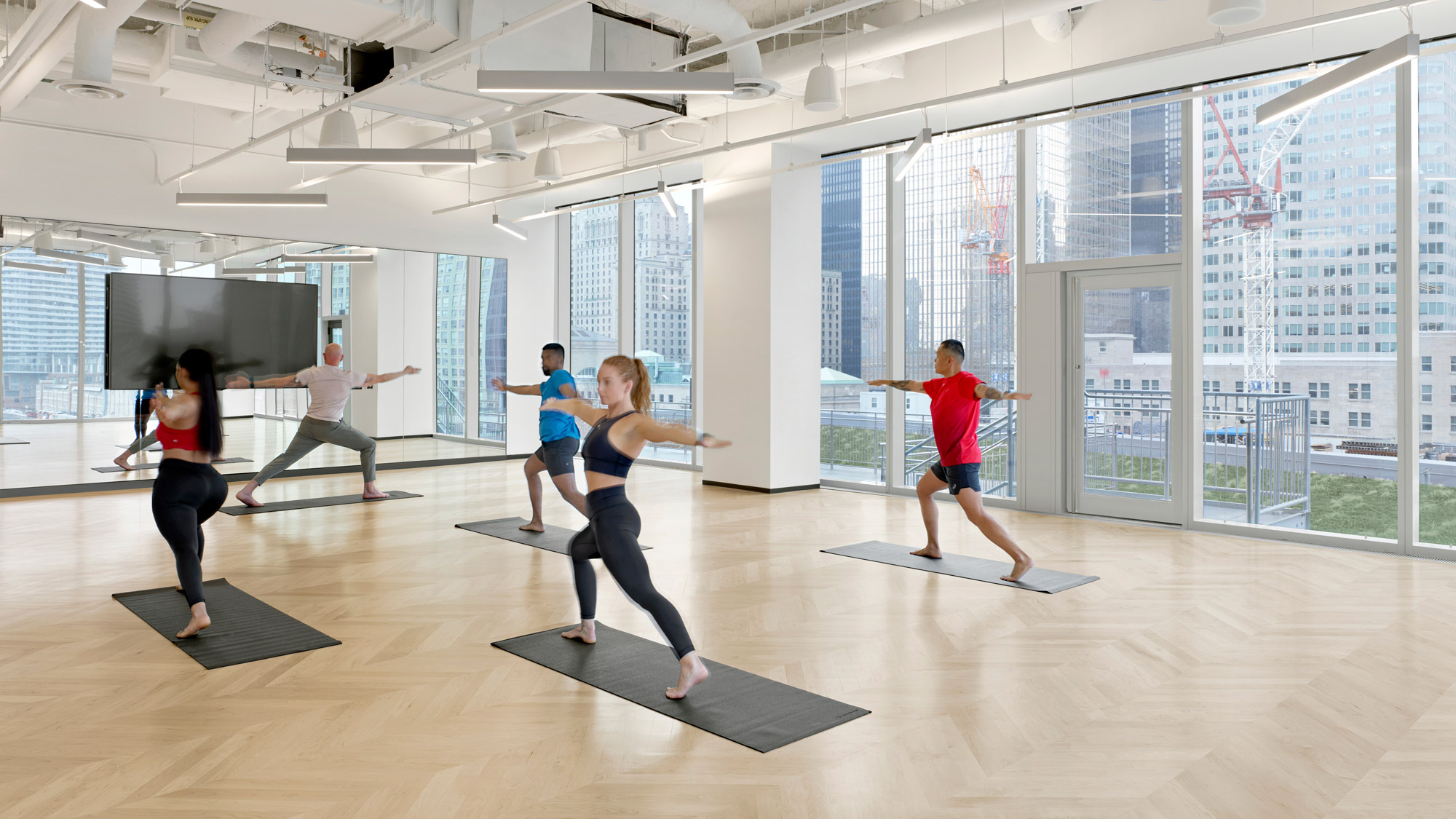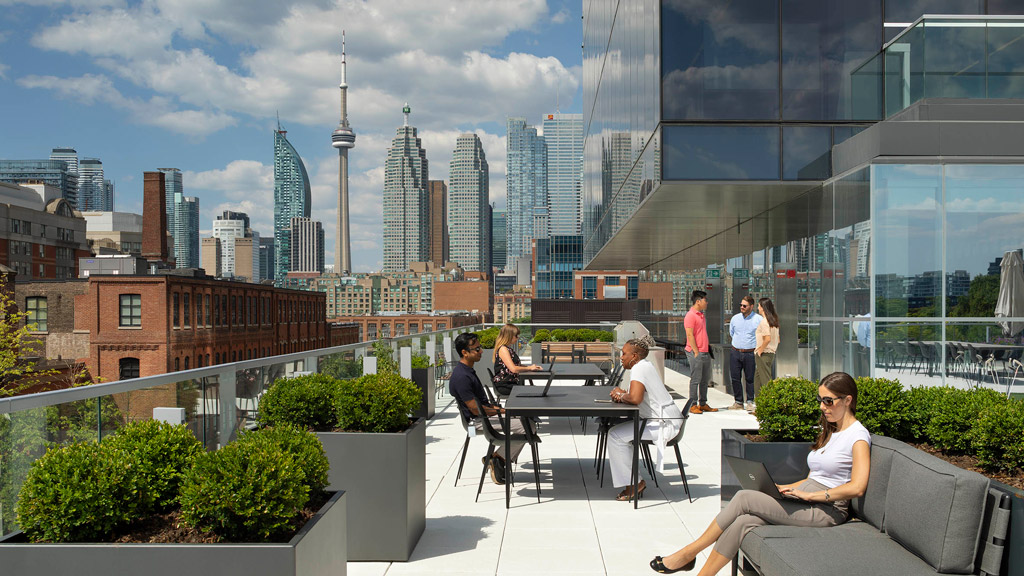Toronto’s New Deal Highlights the Importance of Healthy Cities
February 13, 2024 | By Annie Bergeron and Kevin Katigbak
Toronto’s budget is breathing a sigh of relief after the recent announcement of a new deal which will inject much needed funding in both transit and housing, while uploading two of the city’s most expensive highways to the provincial government. The deal, which will see the province of Ontario take responsibility for the Don Valley Parkway and the Gardiner Expressway, could save the city as much as $6.5 billion over the next 10 years. Investing a portion of this money back into the city — specifically to attract people downtown — is paramount to the health of our country’s economy.
As seen in our Gensler Research Institute’s 2023 City Pulse Survey, local visitors — those who don’t live in the city proper — are the major “missing link” to truly revitalizing our denser urban environments. After all, only one in five local visitors report frequenting their downtown at least once a week or more, with the remainder making the journey even less frequently.
Our latest research findings demonstrate that Central Business Districts (CBDs) that attract a variety of workers, residents, and local visitors alike are thriving, while downtowns dominated by a single sector (like technology or professional services for example) are lagging behind. Furthermore, a recent study by the University of Toronto’s School of Cities paralleled our results by positively linking business diversity in downtown economies with post-pandemic recovery rates.
Here are three areas Toronto’s new deal can focus on to bring people downtown, improve accessibility, and provide a better central business district experience for all:
1. Improve Transportation and Streetscapes to Attract Visitors Downtown
Our 2023 City Pulse Survey shows that reduced traffic, more green space, and improved streetscapes rank as the top physical improvements people want to see in their Central Business Districts. Likewise, 27% of urban residents want improved public transit and micromobility options. By improving transportation in the city and reducing the time it takes to commute downtown, the new deal can help to attract local visitors, draw people back to the office, and aid in Toronto’s post-pandemic recovery — especially given that chronic congestion costs the city $11 billion annually in lost productivity, according to the Toronto Board of Trade’s Transit Report Card.
The repositioning of the St. Clair Centre in Toronto is one example of how streetscape improvements can improve connections between public transit and the workplace. The project — a partnership between Gensler and Slate Asset Management — also adds much needed green space to the area, fosters a new space for the community to connect, and helps to attract shoppers to nearby retail stores.

2. Build a “20-Minute City” to Promote Accessibility, Inclusion, and Community
The future of cities is being defined by their ability to create multifunctional, 20-minute neighbourhoods that successfully address the interconnected challenges of thriving workplaces, attainable housing, and accessible transportation. As seen in our 2024 Design Forecast, successful cities are made up of a collection of multi-use and vibrant neighbourhoods in which everything you need — live, work, and play — is within your grasp. As city leaders seek out design strategies to enhance the Central Business District to become more lifestyle-oriented, the 20-minute city concept is one way of creating accessible, inclusive urban spaces that promote equity, connectivity, and community.
At The Bentway in Toronto, Gensler took a unique approach in designing a public space that promotes community, and connection, through the creation of urban art installations. The result is an interactive destination that offers a spot for local residents and visitors alike to enjoy — all right under the Gardiner Expressway.

3. Focus on the Central Business District to Support the Workplace Experience
Lastly, attracting employees back to the physical workplace takes more than a well-designed office — they want a good experience. While working is the number one activity that employees feel their CBD’s support, our 2023 Global Workplace Survey shows office workers want a rich mix of urban experiences to supplement the workplace, including: restaurants and cafes, personal services, and fitness facilities. In the office, a focus on meeting room technology that accommodates in-person and remote participants equally, and on quiet spaces that promote focused work, are amongst the most desired work environments. Our survey reveals that 88% of hybrid downtown employees and 73% of non-hybrid downtown employees would visit their CBDs more often if their desired workplace changes were implemented.
For the fitness centre at CIBC Square, Gensler designed an environment that is bright, welcoming, and centrally located to facilitate access to the new development’s thousands of employees. The gym has become a key base building amenity, enhancing both the tenant and the neighbourhood experience.

The importance of Toronto’s downtown cannot be overstated, and the relationship that local visitors and office workers have to their CBD is inextricably linked with the relationship they have to their city as a whole. The future of CBDs, and the recovery of Canada’s economy, depends on people visiting downtowns to work, explore, and connect. By investing in and improving the experience of Canada’s largest city, all three levels of government can play a key role not only in ensuring Toronto achieves financial sustainability, but that it can fully recover post-pandemic, and contribute to Canada’s economy.
For media inquiries, email .


